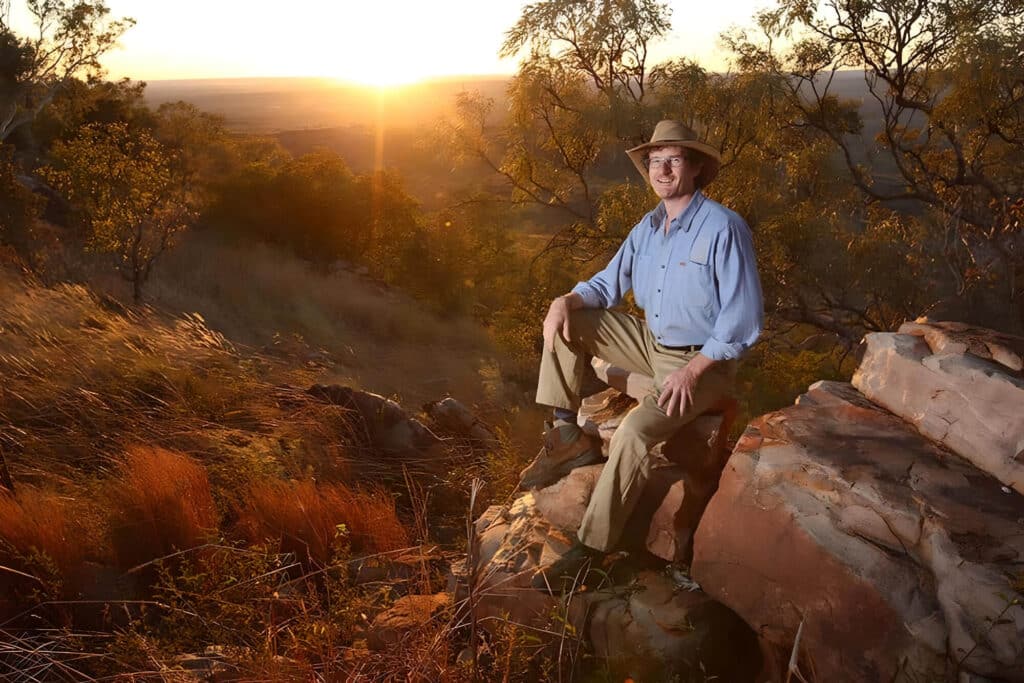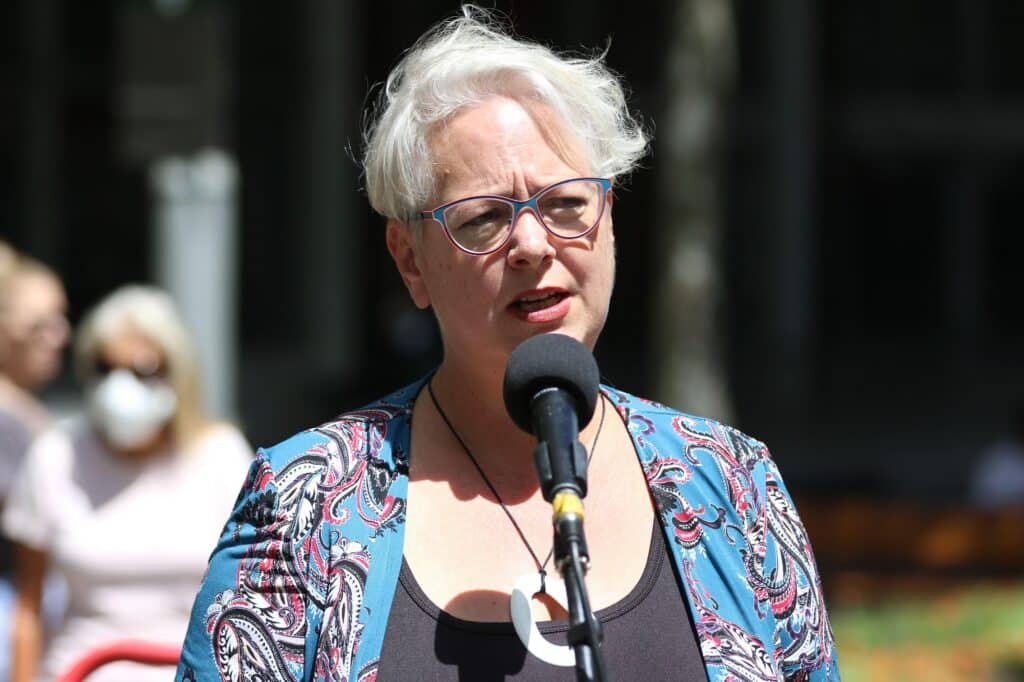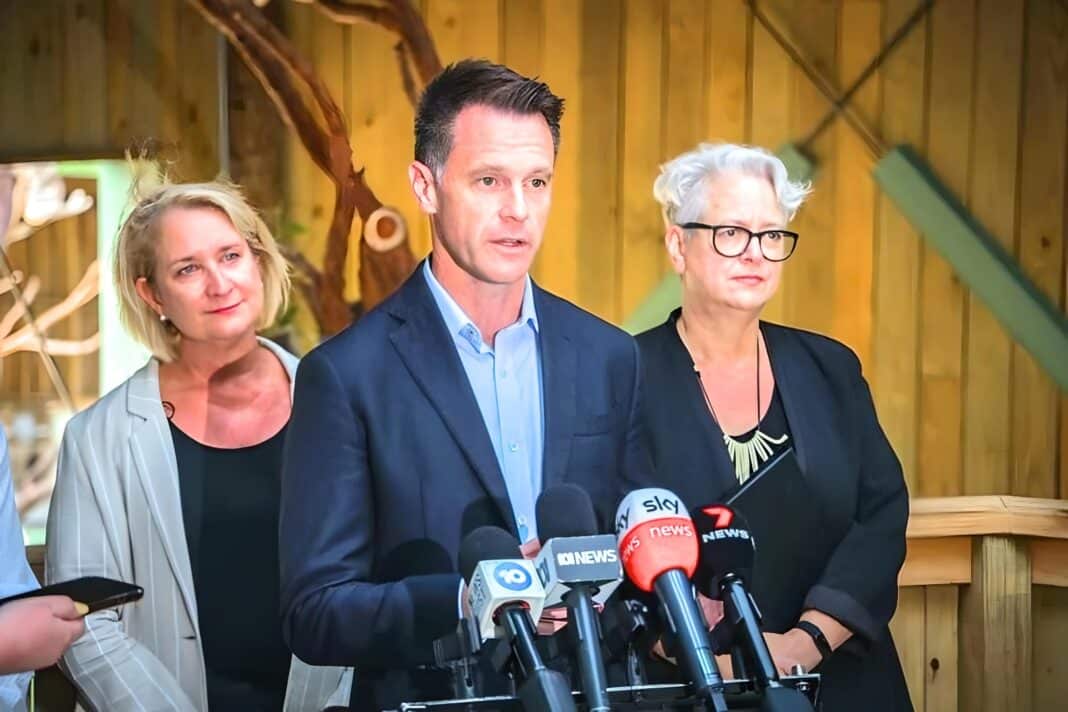Baby Boomers had expectations and were raised to believe that the public service was’ a public service’ that had principles such as openness, transparency, and service for the public good.
Subsequent generations accept that with public servants, anything goes, so long as the public servants are in the ascendancy, much like a sovereign state where big government rules.
Rather than boldly asserting this, let’s flesh out the skeleton with some examples of a NSW agency: the National Park and Wildlife Service (NPWS). It is housed within the Department of Climate Change, Energy, Environment, and Heritage.
The current Deputy Secretary of NPWS is Atticus Fleming.
Mr Fleming was the CEO of the Australian Wildlife Conservancy, the world’s largest private landowner for conservation (2002-2018).
The NSW State of the Environment Report as of 2020-21 revealed 1,042 species and 115 ecological communities were listed as threatened. The NSW Department of Primary Industries maintains a threatened species list. See the current list here.
On 7 September 2024, the NSW NPWS published its first-ever threatened species report, detailing population trends for 101 threatened species that call NSW national parks home.
The first status report measured 101 threatened species.
Which is about 10% of what is stated in the NSW State of the Environment Report. This work, conducted by the NPWS, showed that 36 species have stable or measured improving population trends, 6 are decreasing, and trends for 59 species are yet to be determined. Of the 36 species with increasing or stable trends, 25 are plants, and 11 are mammals. All 6 species with declining trends are plants.
National Parks cover 10.4% of NSW. In terms of biodiversity, 88% of NSW’s public native forests are managed for biodiversity conservation in formal and informal reserves. For what it’s worth, the NPWS Deputy Secretary Atticus Fleming is quoted as saying:
“We are doing everything we can to ensure our parks remain safe havens for threatened species – intensive feral animal and weed control, targeted fire management and reintroductions.”
Yet when this information was the subject of a Freedom of Information request earlier this year, the formal reply was that it was not available!
A graph in my most recent Wood Central contribution opinion piece reveals that:
Change in the Number of Listed Threatened Species in NSW

Change in the Size of NSW National Parks and Reserves

These two graphs read together should start an alarm bell as the trend line for threats to biodiversity in NSW is on an upward trajectory. Yet that particular bell, if it is ringing, is very faint. The NPWS’s first status report paints an altogether contrasting picture.
Why? Clearly, the convenience of manipulating data is a suitable presentation of a self-promoting image.
The simpler folk call it good old fashion “spin”.
Could it be related to the all-out grab of land mass for the proposed Great Koala National Park?
The tale of 36 species, just over one-third of the measured threatened species, is a success story. The Great Koala National Park (GKNP) is about the alleged preservation of koalas in NSW.
Recently, the CSIRO issued a report on the Koala population. The report clearly states that the number of koalas is increasing, as does the work of Dr Brad Law from the NSW Department of Primary Industries Forest Science Unit..
NPWS have put up drones to investigate koala numbers on the North Coast of NSW where the GKNP is proposed on its ambit boundary claim. The drone surveys reveal the healthy presence of koalas in good numbers. The NSW Parliament’s Report that promoted the call for a Great Koala National Park said that NSW koalas would be extinct by 2050.
They are all extremely self-serving and not in the public interest but surely in the Deputy Secretary’s and his agency’s self-interests.
Atticus Fleming avoids the issue of cross-tenure comparison to another tenure of a public estate in conservation areas. This is, of course, the Forestry Corporation of NSW otherwise known as State Forests.
The comparison data in the graphs above shows cross-tenure comparison. This is the test for transparency, openness, and success in meeting its charter.
The National Parks and Wildlife Act 1974 includes in its objects the conservation of biological biodiversity at the community, species and generic levels.
The real test of this object is surely cross-tenure monitoring…
As shown when this comparison was possible, NPWS failed in its legislative object. The conclusion must be that this is still the circumstance; otherwise, the public would have been told so!
Two additional items reflect Deputy Secretary Fleming’s recent statement:
“Our national Parks are strongholds for threatened species. However, cats and other feral animals, invasive weeds and climate change are just some of the threats that are impacting all tenures.”
A review of the NPWS website, where the National Parks are listed, shows a dearth of scheduled works relating to the eradication of feral animals, weed control, and targeted fire management.
On the latter, in NSW, during the 2019 and 2020 bushfires, most of the NSW fires started in national parks. A statement in a submission made by Timber NSW in a Report to the State Parliament to this effect has never been challenged.
The greatest threat to biodiversity in NSW is the intense heat of wildfires. These fires do not destroy habitat; they alter habitat, change soil profiles, and remove seed banks. Yet the website bears testimony to the NPWS’s “lock it and leave it” mentality.
Now, turning to another recent circumstance.
Atticus Fleming is the Chair of the Great Koala National Park Industry Panel and also the Chair of the Steering Committee.
There exists an extraordinary conflict of interest as NPWS is the likely major beneficiary of the largest change of land tenure to the GKNP with an increased budget allocation and the diminution of the only other NSW government agency that cares for State conservation areas to which the NPWS can be compared.
Seemingly appropriate governance is a thing of the past. The NSW Government has indicated that proper consultation is part of its GKNP policy. This would be a challenge when the beneficiary is the master of the consultative process.

At the last GKNP Industry Panel meeting on 23 July 2024, there was a request that FCNSW should review/contribute to the Options being put forward by the Industry panel to the Minister and the Steering Committee for the configuration of the GKNP. Deputy Secretary Fleming agreed to expedite it.
The formal meeting notes prepared by the GKNP IAP secretariat record no requirement for Fleming to clear the issue with the CEO of FCNSW. Yet without his direction, this consultation will not occur.
The Industry Panel had to apply further pressure a week ago to gain access to that data from FCNSW, which has now occurred.
Minister Sharpe in the state parliament has said that a full consultation on the Great Koala National Park will be held on several occasions during Question Time. However, it appears the Minister’s direction is being ignored behind a clumsy and self-serving administrative process.

The only fair-minded conclusion is that the NPWS, under its Deputy Secretary, is running its own agenda without appropriate transparency, openness, or mindfulness of the public good. The public good is having a proper consultative process that is concluded without justifiable criticism.
The current agenda of the Deputy Secretary and the NPWS appears to be achieving their own objectives without scrutiny, and with arrogance and disdain for what is a public service. In the last week, media reports have focused on the issue of “Environment, not extremism.”
The Deputy Secretary of the NPWS certainly should heed the warning.
- Please note: This is an opinion article; Wood Central does not take an editorial stance over the Australian native forest (and hardwood) debate. From time to time, it will run articles from both sides that are in the public interest and will fact check before posting.





